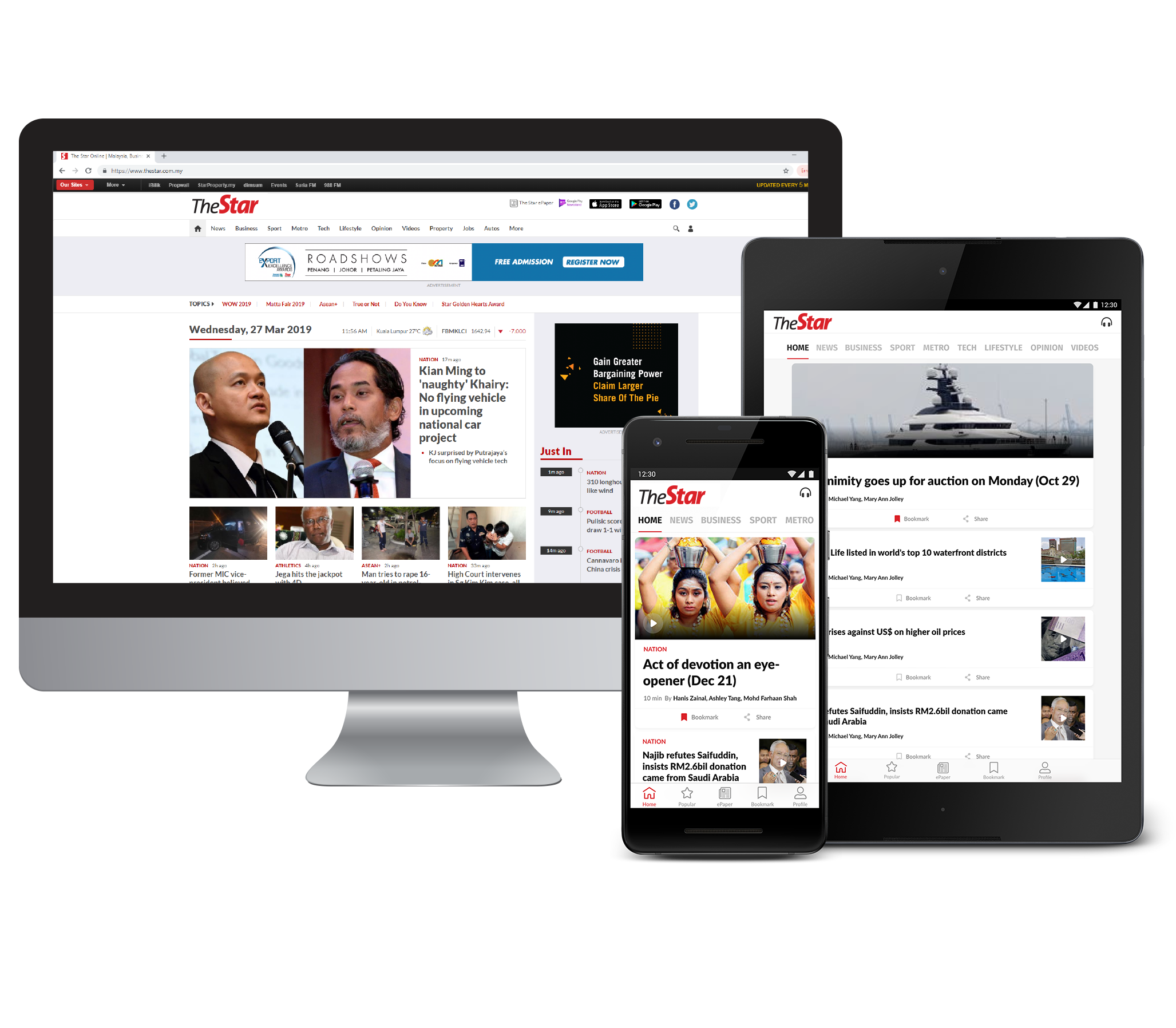
How can MSMEs transition to sustainable digitisation effectively?
If you had visited the website of the recent Conference of Parties (COP28) this year in Dubai, you would have seen an interesting button. The low-carbon button allowed viewers of the website toggle between a regular mode and a “low-carbon” version. This is one example of digital sustainability – the recognition that technology itself has a carbon footprint and more needs to be done to reduce it.
Uh-oh! Daily quota reached.











































